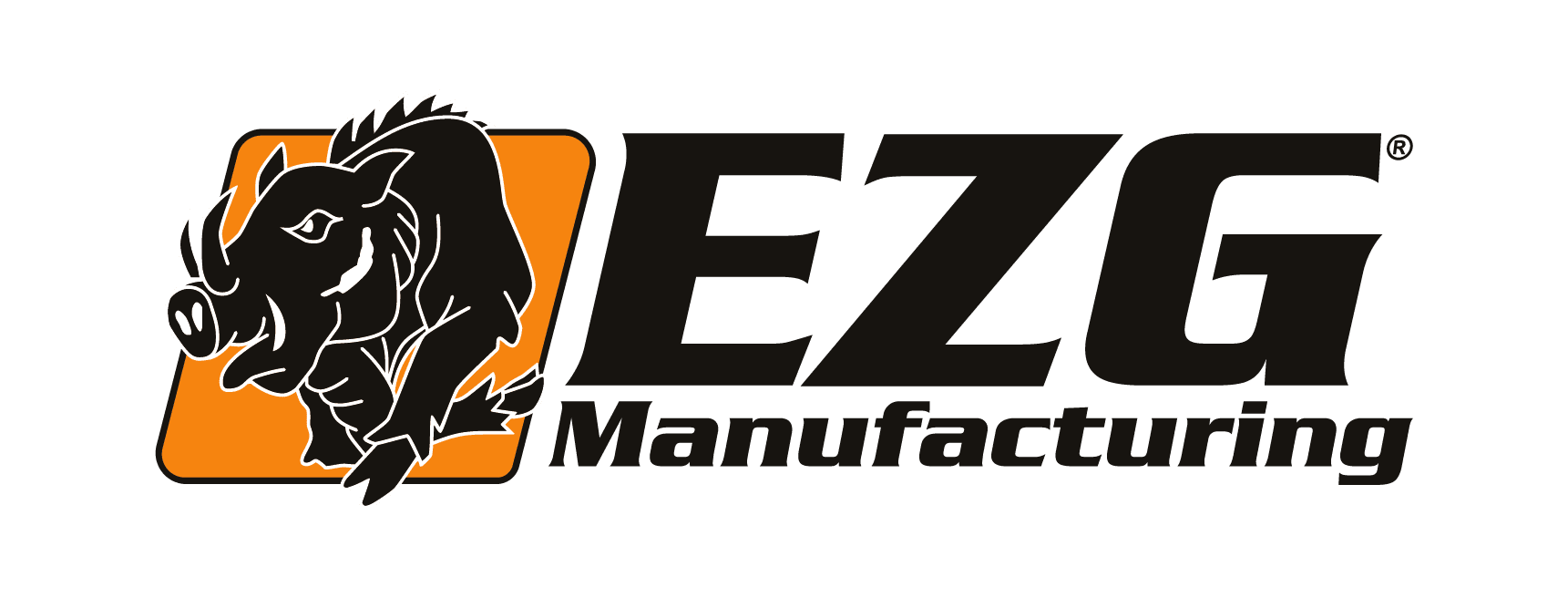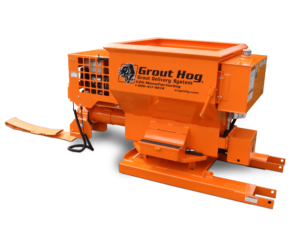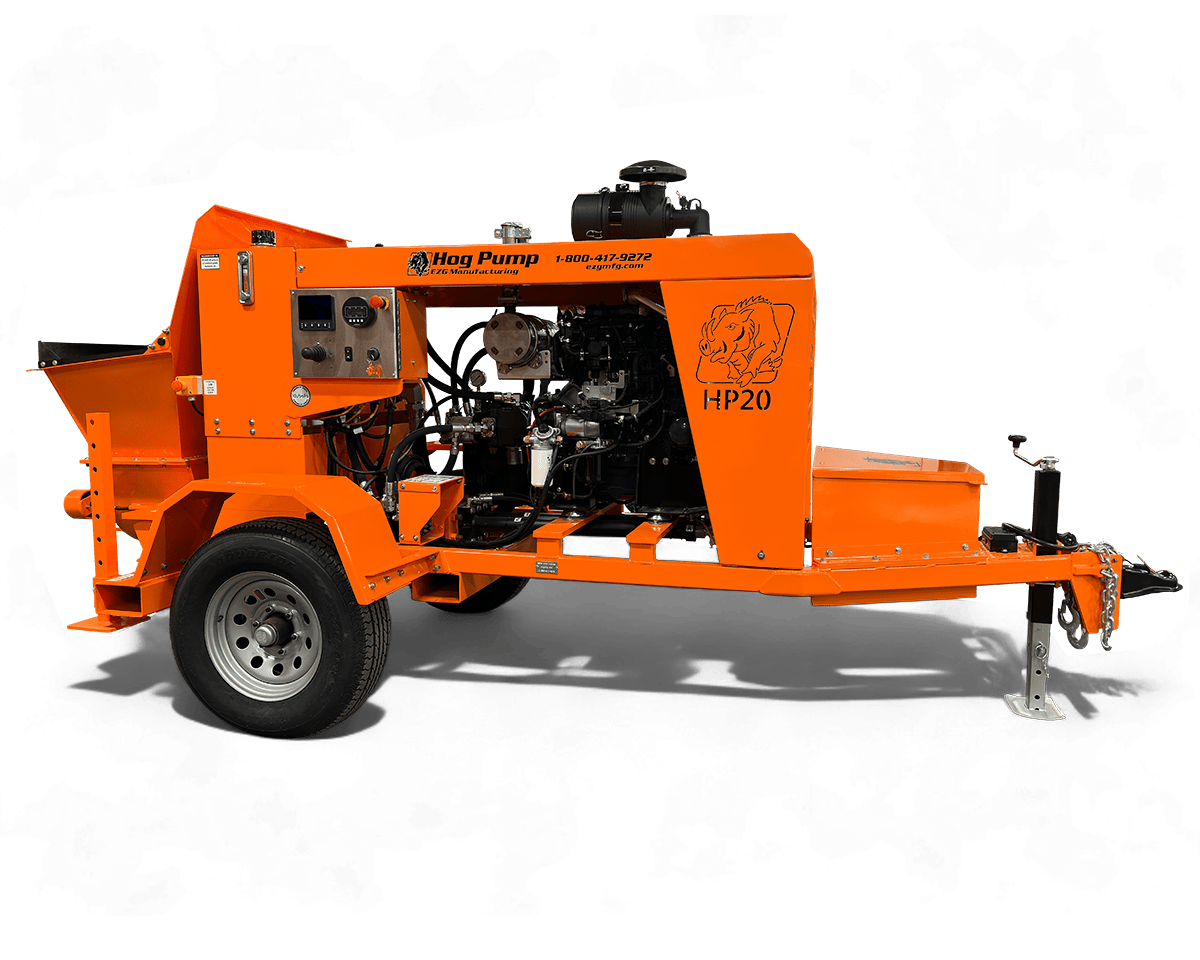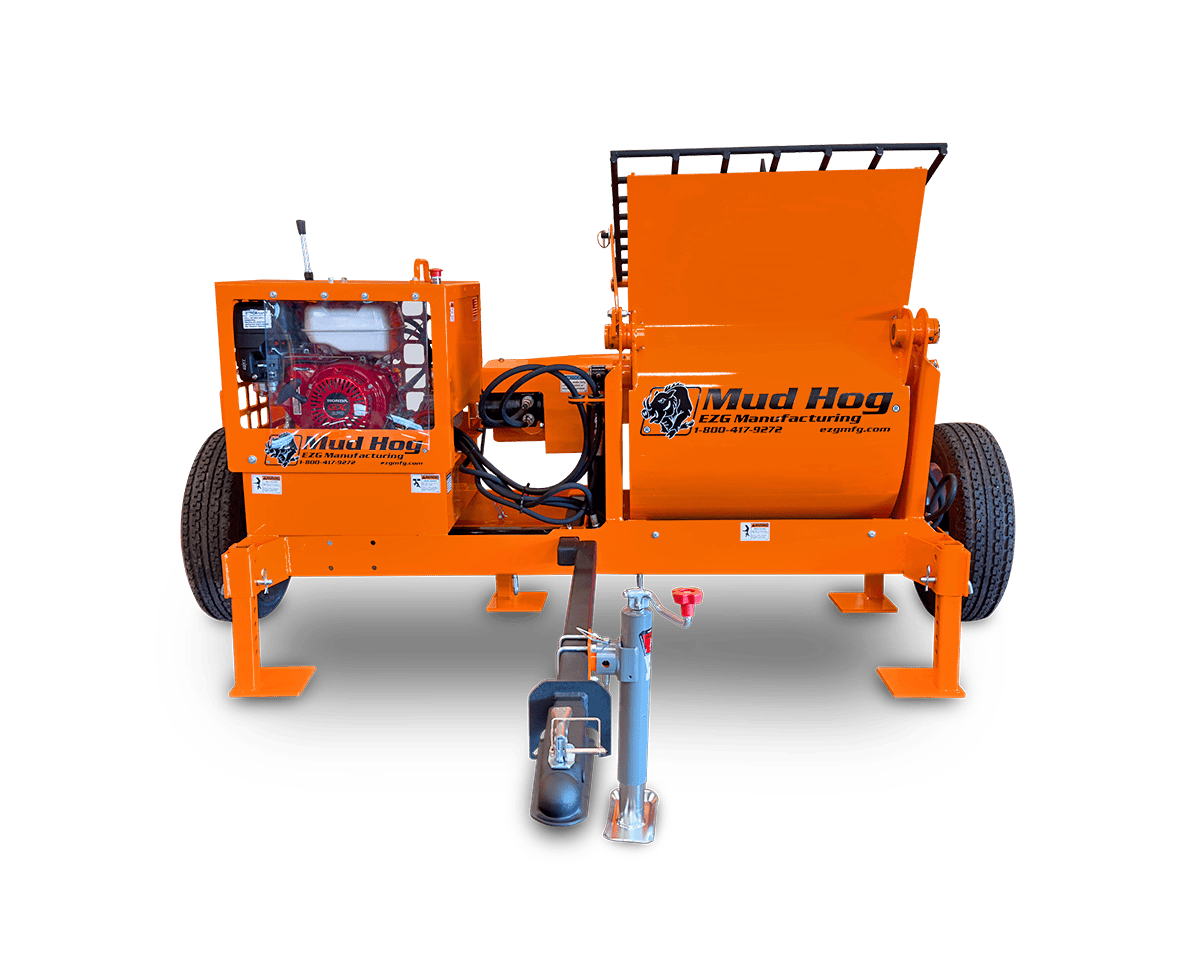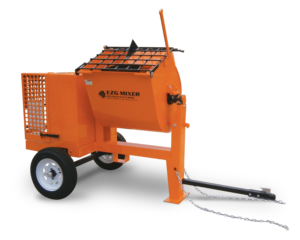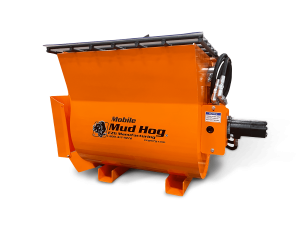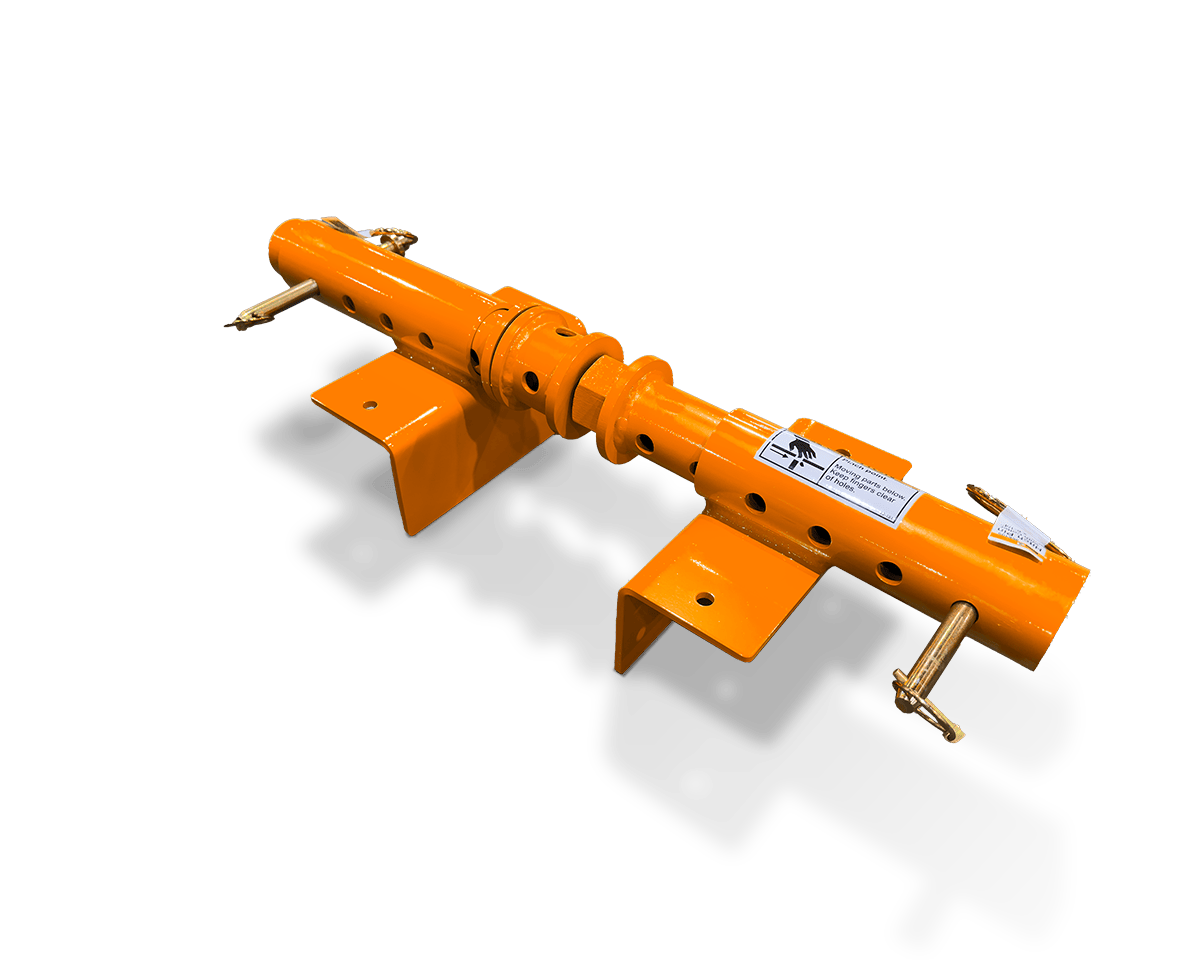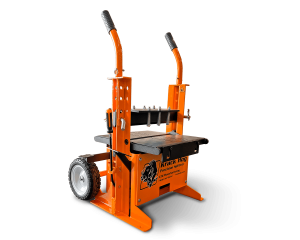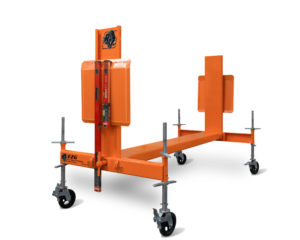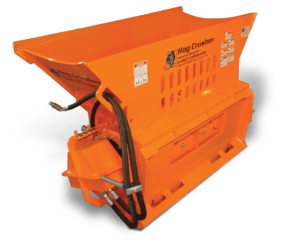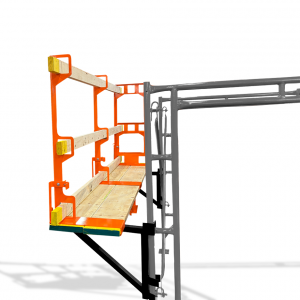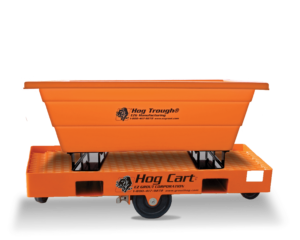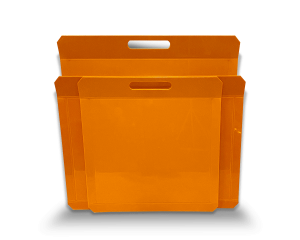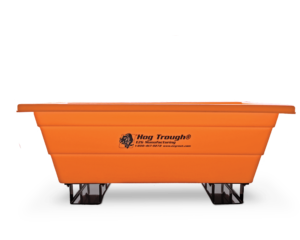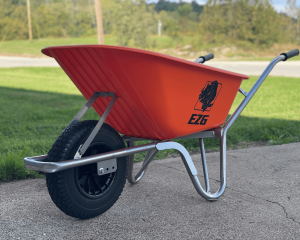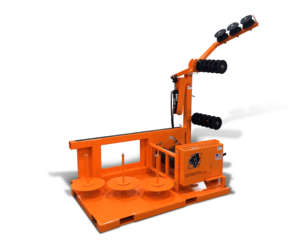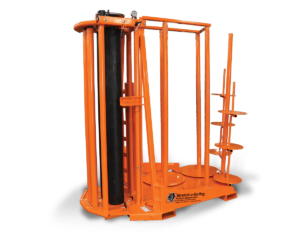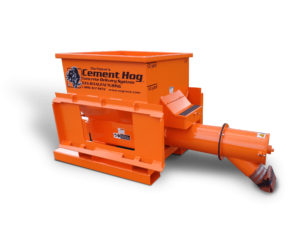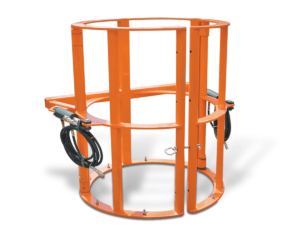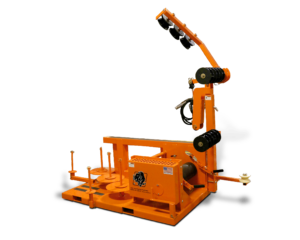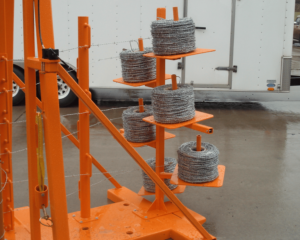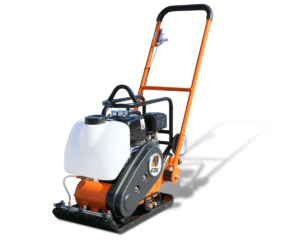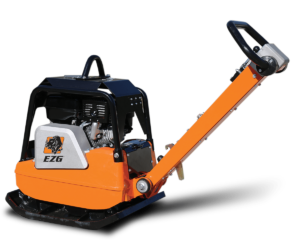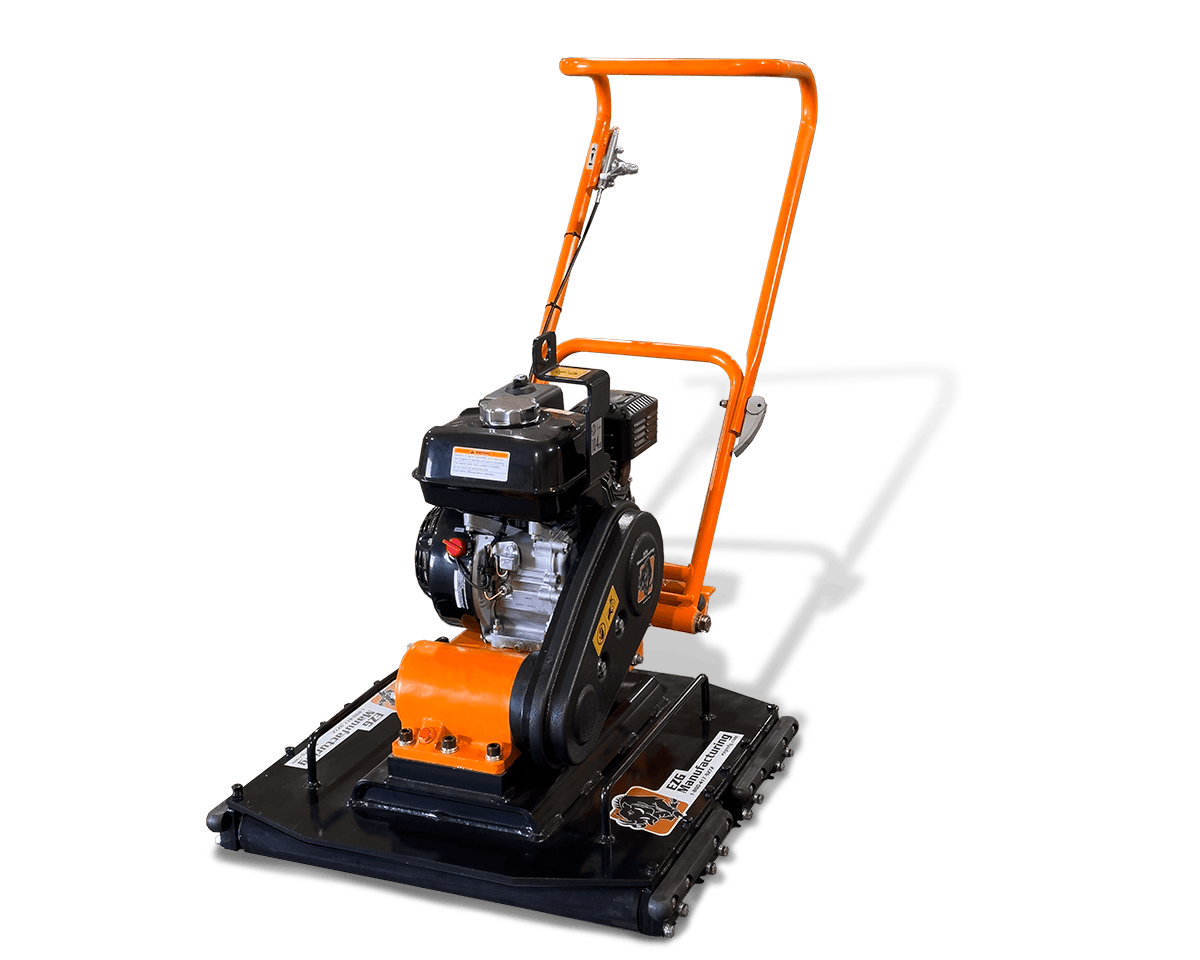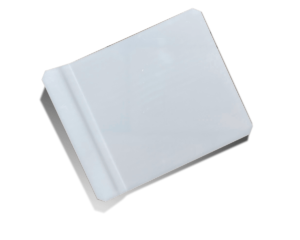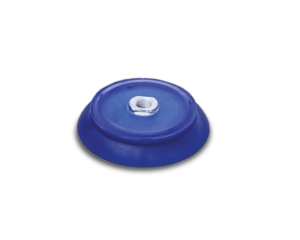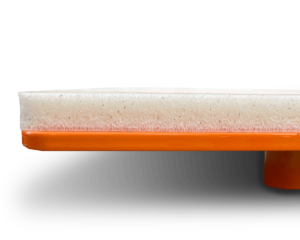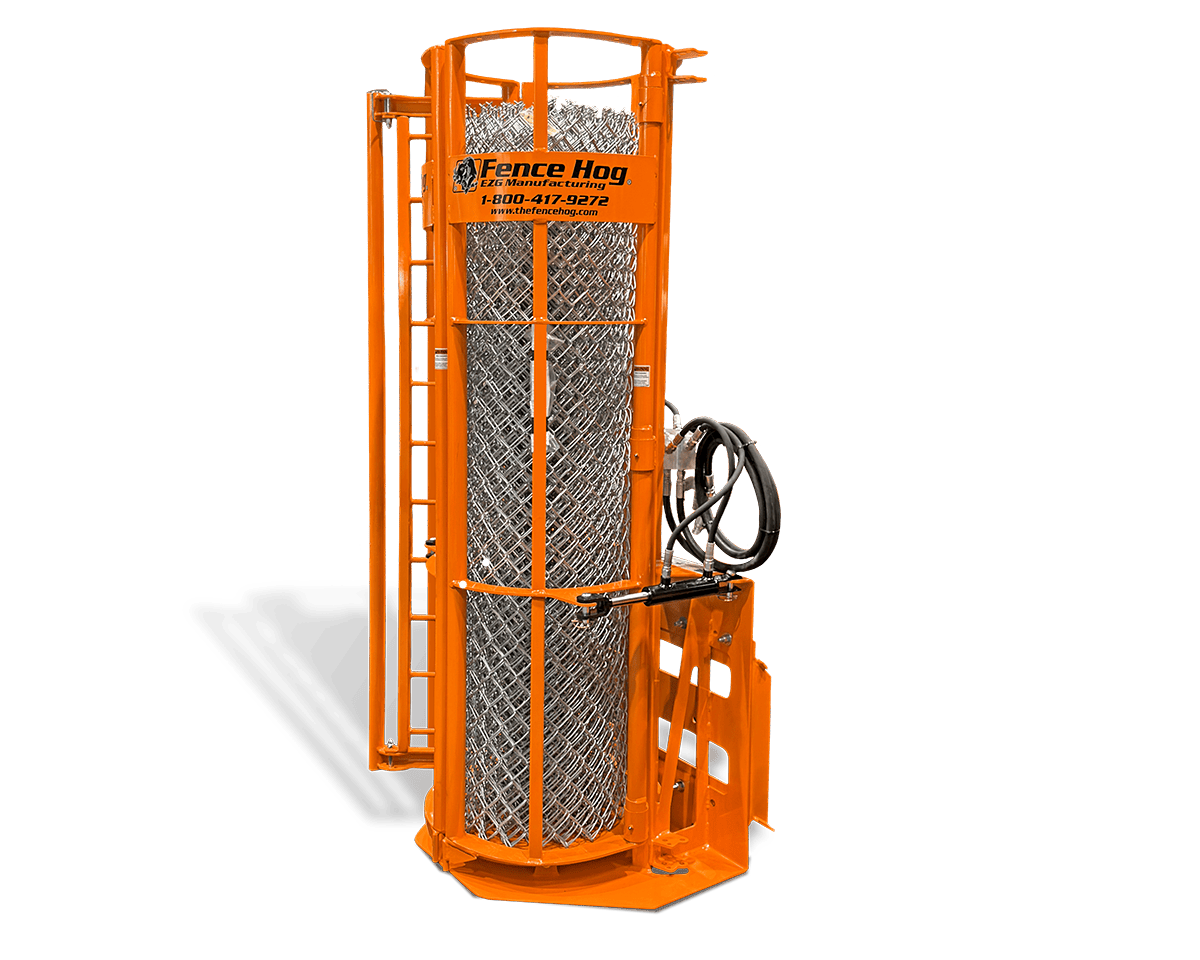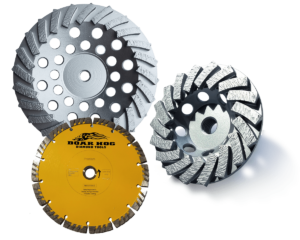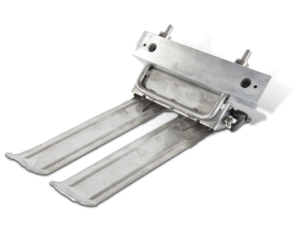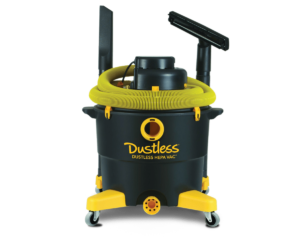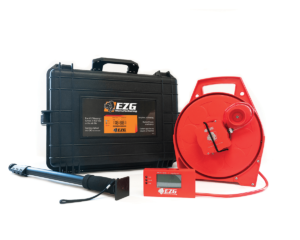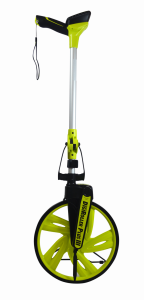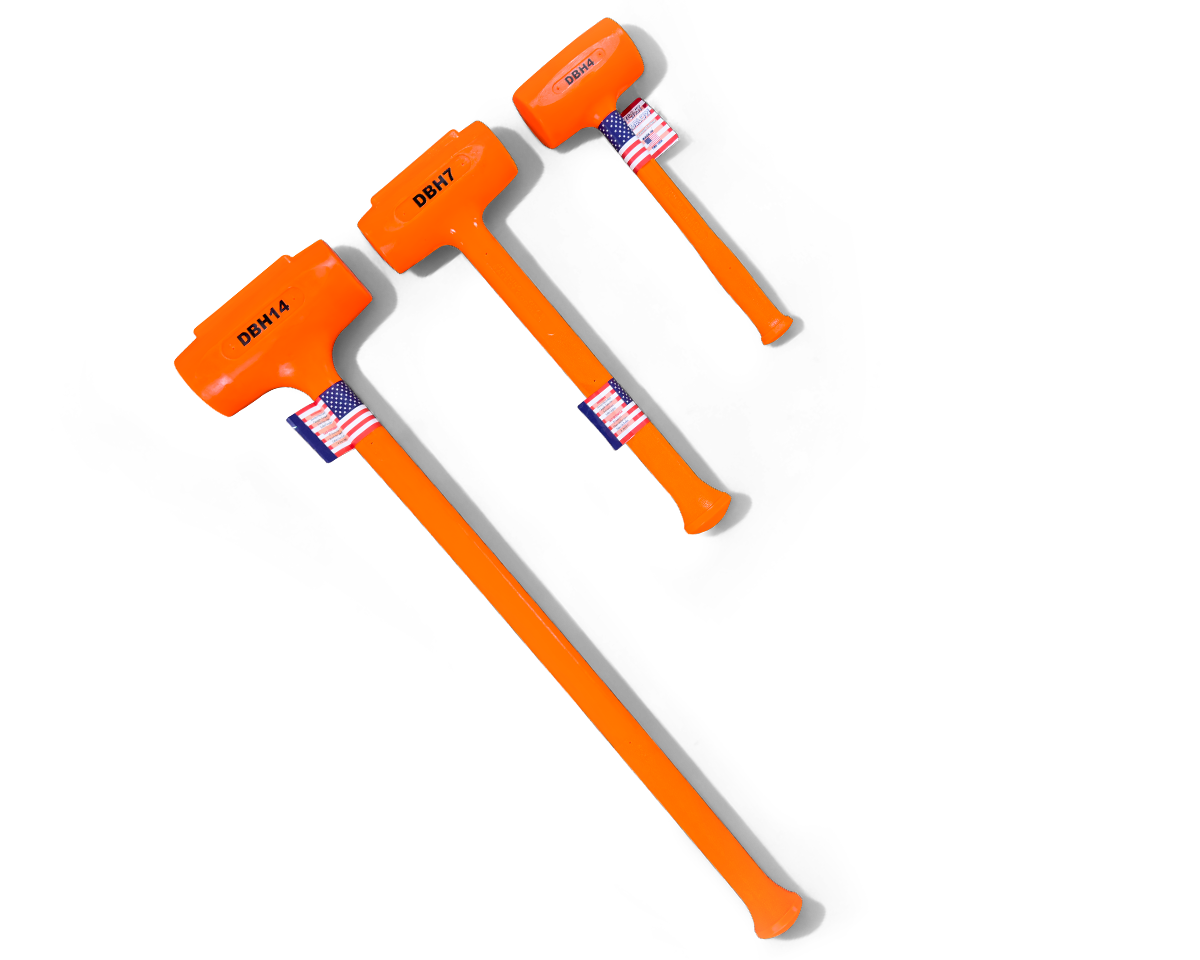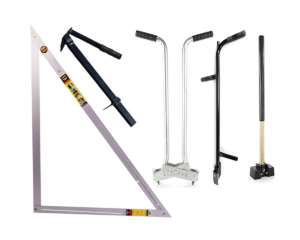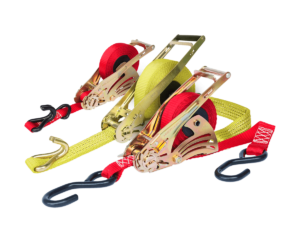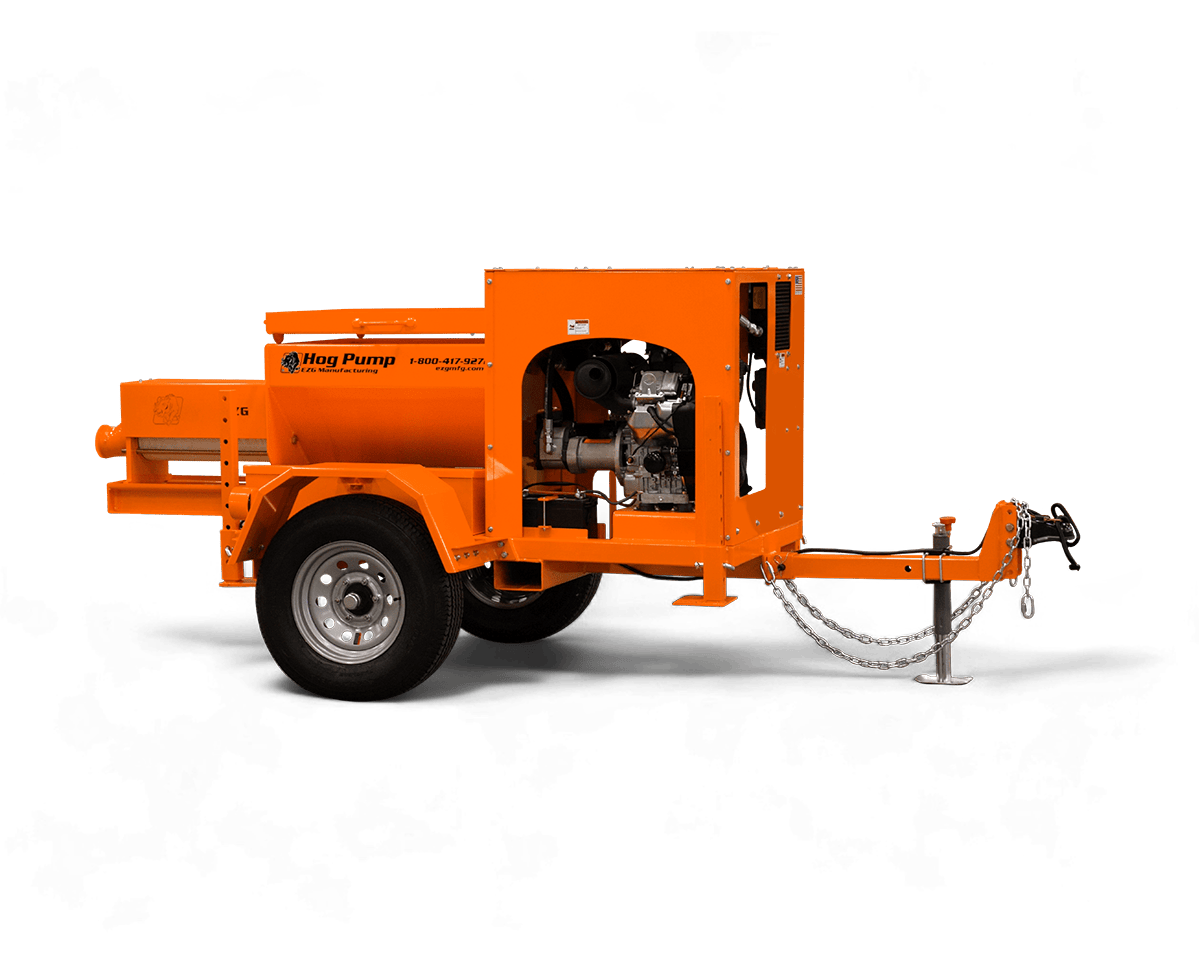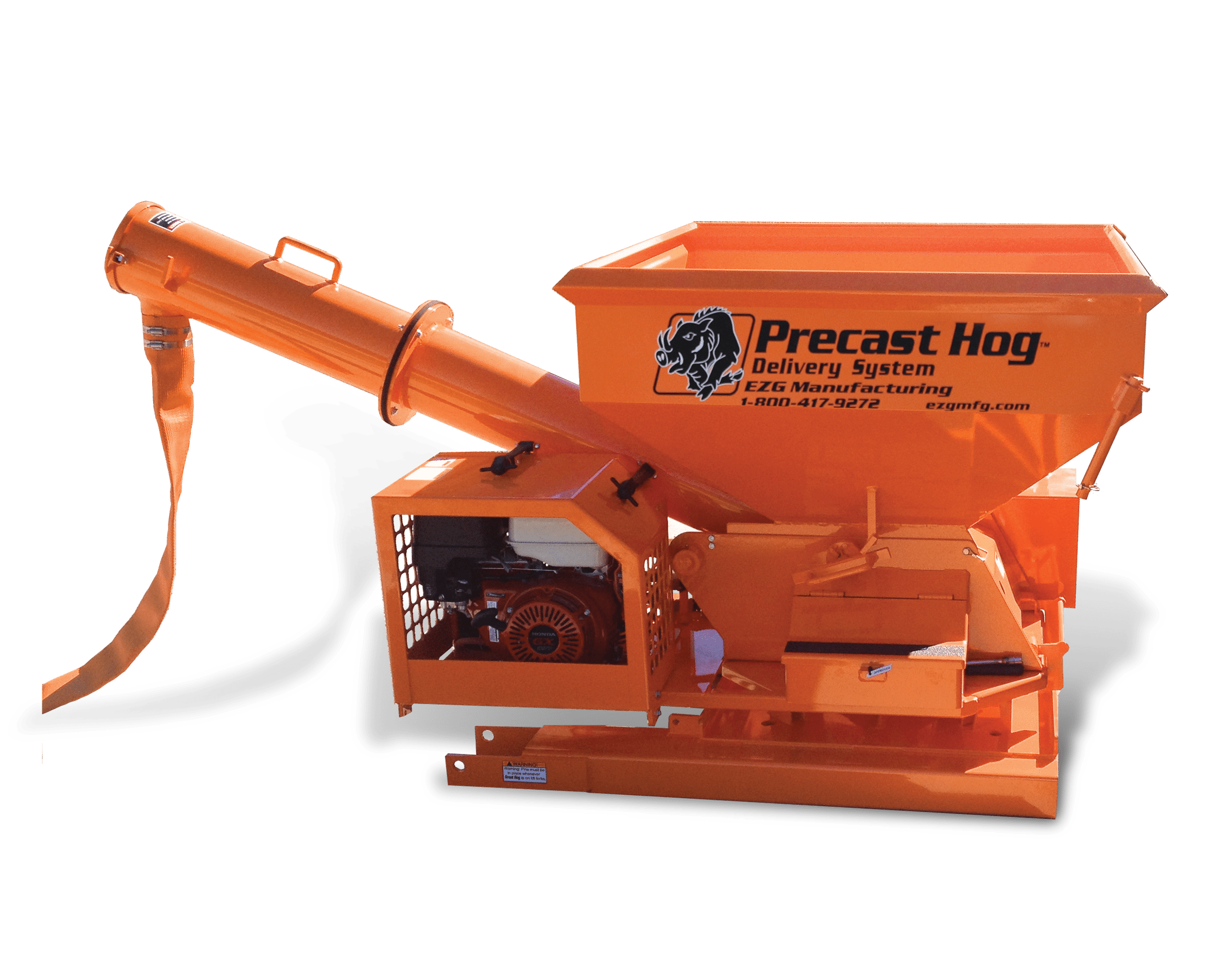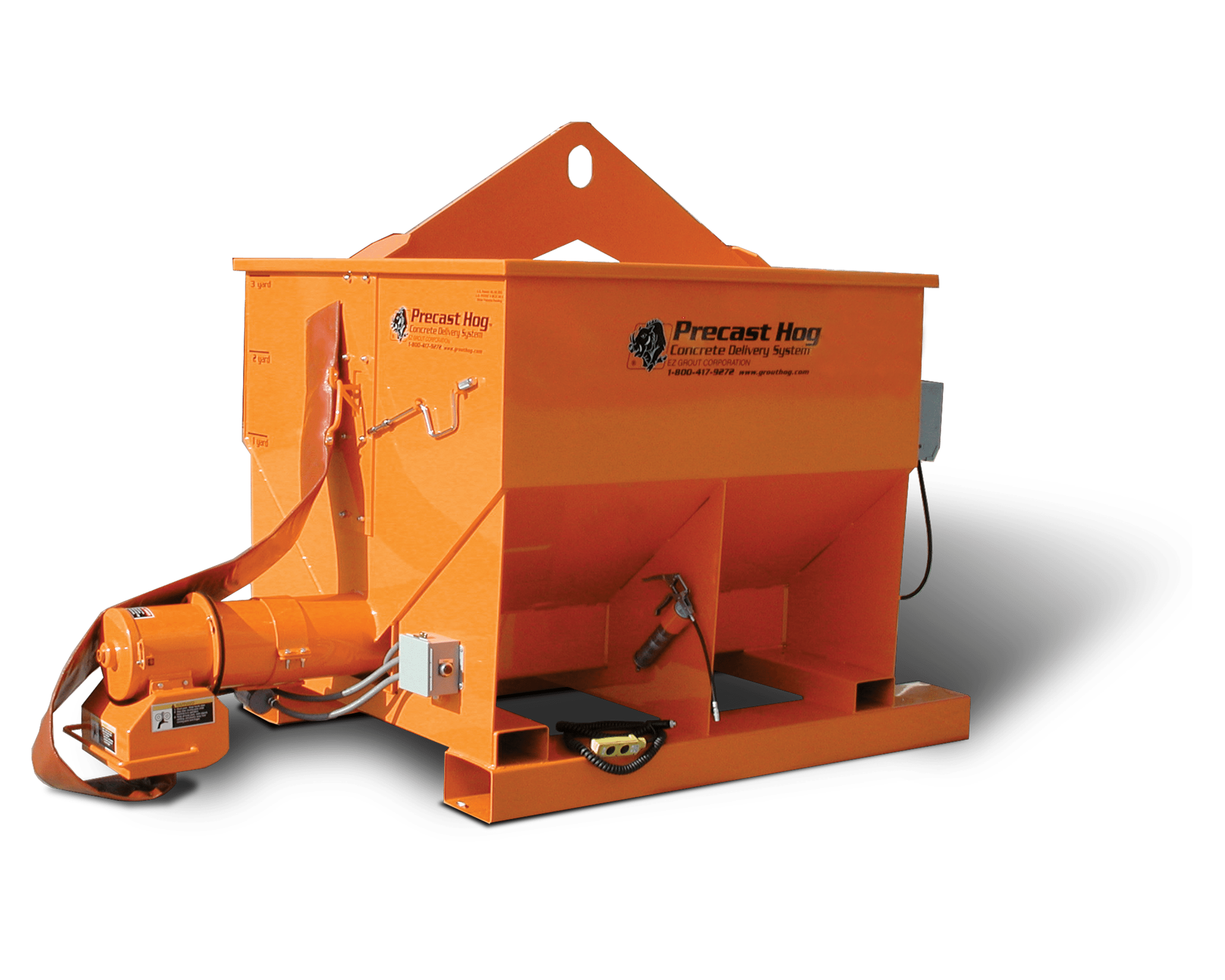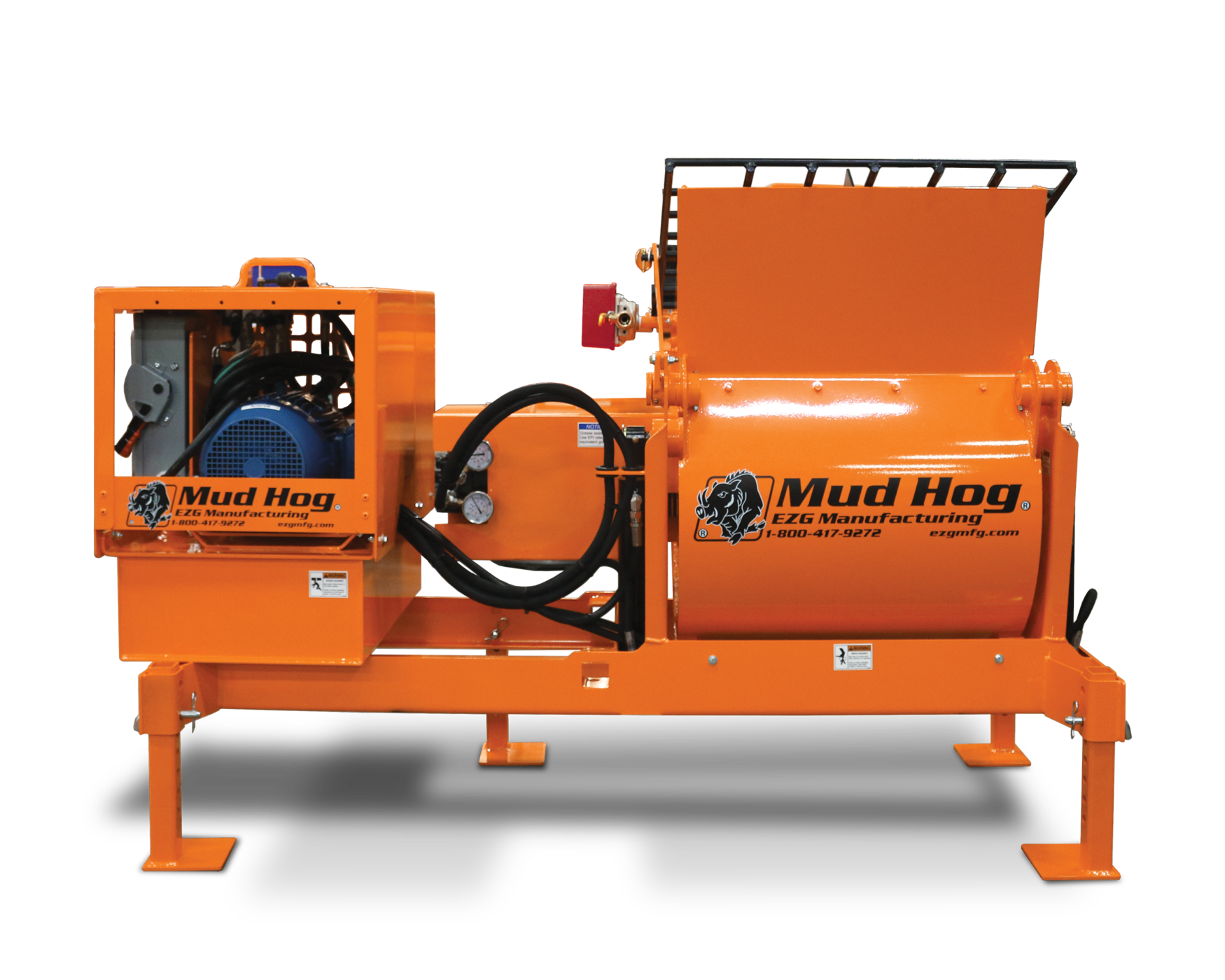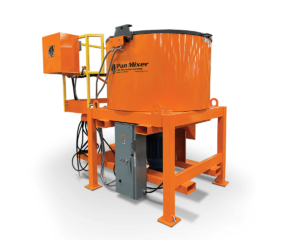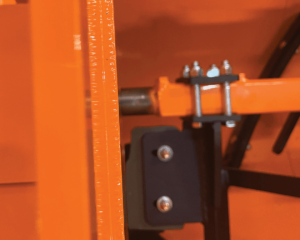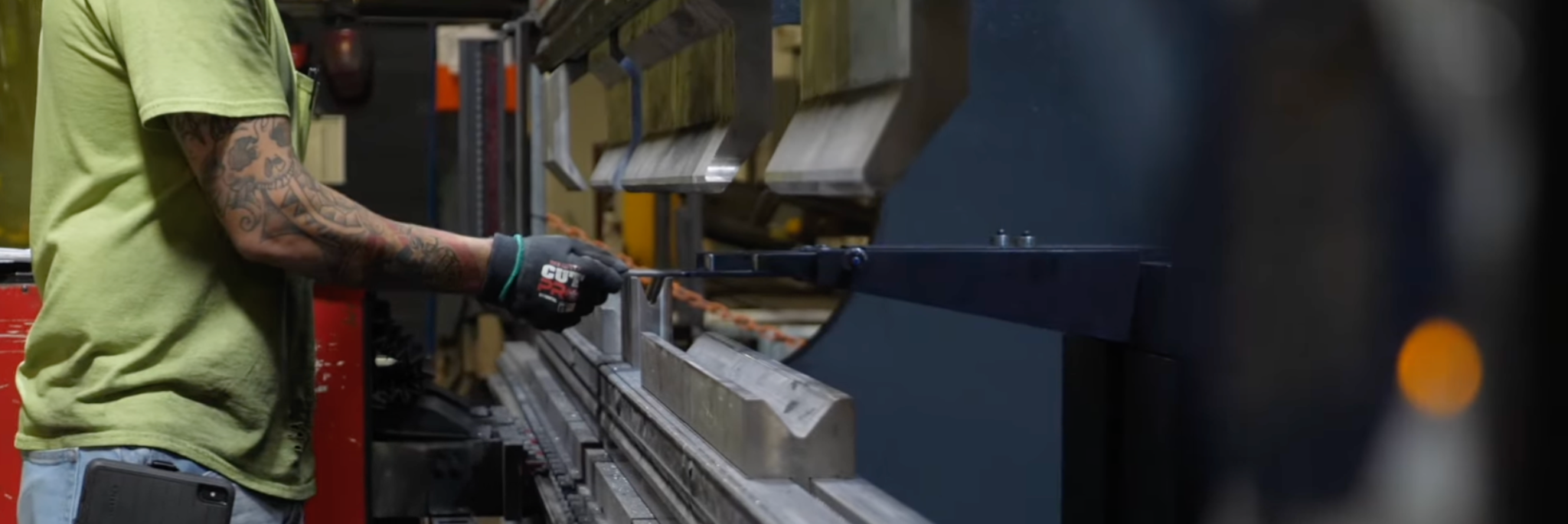A press brake machine is one of the most relied-upon tools in a fabrication shop. It plays a role in the bending process, helping manufacturers create precise angles and clean bends in sheet metal parts. From construction brackets to control panels, press brake machines support the production process across a wide range of industries.
What Is a Press Brake?
A press brake is a bending machine designed to shape and form sheet metal or metal plate by clamping the material between a punch and a die. This allows the operator to create accurate bends at a wide range of angles and radii.
Press brakes are commonly used in manufacturing, construction, HVAC, and industrial applications to form metal into enclosures, brackets, structural supports, and custom parts.
Because they allow for precise bending of metals like carbon steel, stainless steel, and aluminum, press brakes are a dependable solution for both small prototypes and heavy-duty industrial work.
How Press Brake Machines Work
The press brake operation involves several core steps:
- Material Support: A flat piece of sheet metal is placed on the press brake’s bed.
- Back Gauge Adjustment: The back gauge positions the metal so the bend is in the correct location.
- Punch and Die Setup: The operator selects the appropriate tool combination for the job, based on angle, material, and thickness.
- Controlled Bending: The ram lowers the punch into the metal, forcing it into the die. This shapes the material to the programmed angle.
- Automatic Tool Changes (if available): On modern CNC press brake systems, an automatic tool changer can swap out tools between jobs or bends, speeding up changeovers.
Depending on the press type, these steps may be powered by hydraulic, electric, or hybrid systems. Most fabrication shops use either hydraulic press brakes or CNC-controlled systems due to their accuracy and strength.
[Learn More About CNC-Controlled Systems]
Types of Press Brakes
| Type | How It Works | Best For |
|---|---|---|
| Hydraulic Press Brake | Uses hydraulic cylinders to apply pressure | High tonnage, complex parts, long bends |
| Electric Press Brake | Uses servo motors for force | High-speed jobs with thinner materials |
| Mechanical Press Brake | Flywheel-driven ram | Simple, repetitive production |
| Hybrid Press Brake | Combines electric and hydraulic systems | Balance of speed and power |
| CNC Press Brake | Computer-controlled automation solutions | Custom bends, specific needs, low error rate |
A hydraulic system provides consistent pressure, making it ideal for thicker metals and heavy-duty projects. For faster cycles and energy efficiency, electric press brakes are often used in lightweight or high-volume environments.
CNC systems offer more than just bending control — they allow for complete program storage, operator guidance, and even mechanical crowning system support to improve accuracy over long parts.
Components of a Press Brake
Let’s break down the primary parts that make up a press brake machine:
- Ram: The moving component that holds the punch and forces the material into the die.
- Bed: The lower frame that supports the die and the material being bent.
- Back Gauge: Used to position the sheet metal for accurate bend placement.
- Punch and Die Set: The shaping tools used to bend the metal.
- Control System: Ranges from manual to fully programmable CNC interfaces.
- Safety Device: Laser sensors, light curtains, or guards to protect the operator.
Advanced machines may also include an automatic tool setup system and sensors that monitor part angle and spring-back in real time.
Types of Bending Methods
Not all bending methods are the same. Each offers trade-offs in force, speed, and angle accuracy.
| Bending Method | Description | Force Needed | Best For |
|---|---|---|---|
| Air Bending | Punch doesn’t bottom out — bends using clearance | Low | Flexible part designs |
| Bottom Bending | Punch touches die bottom for tighter angles | Medium | Greater angle control |
| Coining | Full punch force imprints bend into metal | High | Thin materials, complex parts |
Most modern shops use air bending for its flexibility and reduced tooling needs, but bottom bending is still common when tighter angle tolerances are required.
Materials You Can Bend
Press brake machines are designed to bend a variety of materials, including:
- Carbon steel
- Stainless steel
- Aluminum
- Galvanized sheet
- Copper
- Specialty alloys
The tons of force required depends on the material thickness, hardness, and bend length. That’s why matching a press with the right tooling and setup is key to achieving accurate results.
Press Brake Technology and Automation
Modern press brake machines offer advanced bending technology to improve productivity and accuracy. This includes:
- CNC Control Systems: Store and run complex bend sequences
- Mechanical Crowning Systems: Adjust the bed to compensate for deflection in long parts
- Laser Beam Safety Devices: Keep the operator safe without slowing down work
- Automatic Tool Changers: Reduce downtime between part runs
- High-Speed Ramming: Increase production for repeated bends
These features allow shops to handle specific needs like prototype work, large volume jobs, or intricate multi-bend parts without sacrificing consistency.
Real-World Applications of Press Brakes
You’ll find press brake equipment at work in industries like:
- Construction – bending parts for stairs, catwalks, handrails, structural supports
- Material Handling – forming brackets, machine guards, framework
- Medical – fabricating stainless steel housings and devices
- OEM Production – custom sheet metal bending for enclosures and cabinets
- Energy and Infrastructure – forming metal plate for large assemblies
Because press brakes offer repeatable, high-speed operation, they remain one of the most versatile machines in any fabrication shop.
Why It Matters: Getting Bending Right
When the bending process is done incorrectly, it can throw off an entire assembly. Parts may not align, fit, or weld properly. Accurate bends reduce material waste, eliminate rework, and keep downstream operations moving on schedule.
Whether you’re working on small brackets or full structural panels, press brake precision makes a direct impact on part performance and final assembly. That’s why shops invest in tight-tolerance machines and skilled operators — it’s not just about force, it’s about fit.
Press Brake Services at EZG Manufacturing
At EZG Manufacturing, we’ve built our operation around delivering reliable, full-service fabrication under one roof. Our Cincinnati 350-ton CNC press brake with a 16-foot bed gives us the ability to bend both small and large parts to tight tolerances.
As a solution-oriented contract manufacturing partner, we handle every aspect of production in-house — from laser cutting and forming to welding, machining, and powder coating. With decades of experience, certified welders, and advanced CNC systems, we support projects with short lead times and consistent quality.
If you’re looking for a partner who can support press brake work for both prototyping and full production, EZG Manufacturing is ready to help. Our team is built to meet your specific needs with high-capacity equipment and a commitment to getting the job done right.
Contact us today to learn more or request a quote for your next project.
